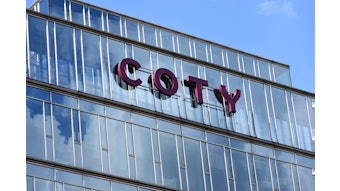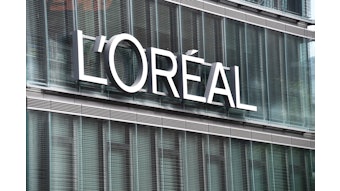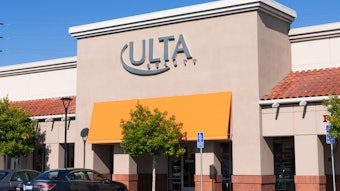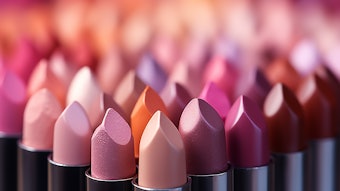Circana data shows that growth in the U.S. prestige and mass beauty markets was driven by an increase in buyers*. Mass buyers were up 4.1% last year, compared to a 0.7% bump on the prestige side.
This article is only available to registered users.
Log In to View the Full Article
Circana data shows that growth in the U.S. prestige and mass beauty markets was driven by an increase in buyers*. Mass buyers were up 4.1% last year, compared to a 0.7% bump on the prestige side.
Self-treating is also propelling sales, with 75% of Gen X shoppers buying beauty as a self-reward, compared to 67% of Gen Z/millennials and 64% of boomers.
Gen Z make up just 23% of all color cosmetic shoppers, yet 71% of them use makeup. Half of them like upscale brands, a higher rate than other generations. In addition, Gen Z consumers use an average of nine products.
Meanwhile, Gen Alpha is driving a 13% bump in beauty spending in households with an annual income of at least $100,000, compared to similar households without Gen Alpha kids. Other indirect data points to this generation;’s influence, including a spike in “kid use” beauty queries online.
According to parents of Gen Alpha kids, 60% have purchased hair care for their children, compared to 46% for skin care, 30% for makeup and 20% for fragrance.
*This report is based on insights derived from CEW’s State of the Industry: Global Trend Report 2025 (among other sources), which covered key industry trends for 2025 with insights from top experts:
- Sarah Jindal (Mintel): 3 key consumer trends for 2025.
- Leslie Ann Hall (Iced Media): Strategies for future-proofing social shopping success.
- Tara James Taylor (NielsenIQ): Must-know global trends.
- Joëlle Grünberg (McKinsey & Company): Luxury and retail growth insights and their impact on beauty.
- Yarden Horwitz & Sam Mintz (Google & Spate): Gen Z's influence on beauty trends.
- Larissa Jensen (Circana): Year-in-review report on beauty industry performance.











